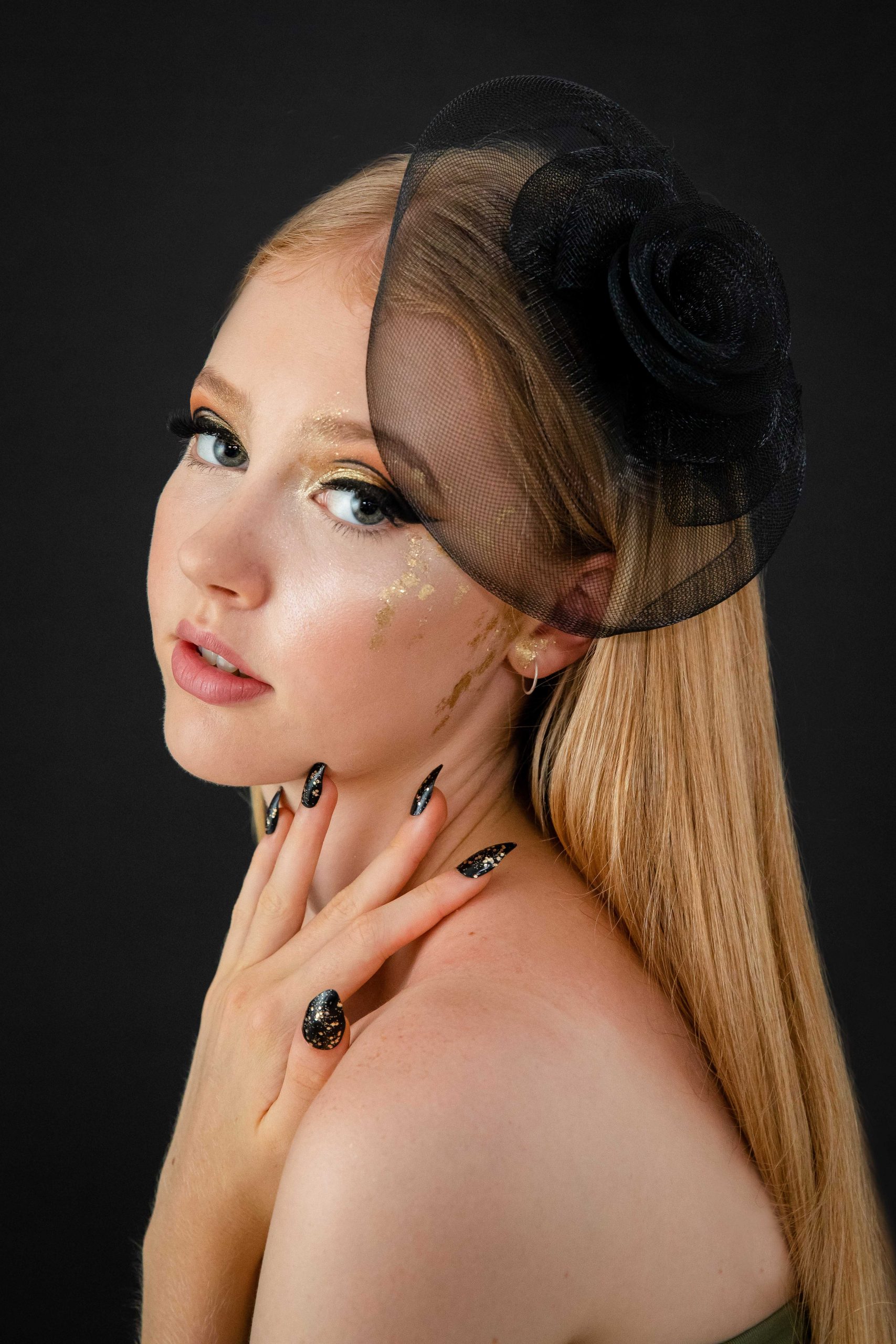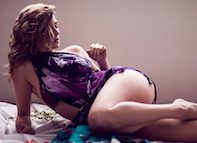The Newbie's Overview to Product Photography
If a picture deserves a thousand words, Discover more a spectacular product picture is worth a thousand website visits. Although I do not have information to back up that declaration (yet), product photography can be incredibly important to your ecommerce website strategy.
To reach your target audience members that favor purchasing online, you also require to give your target market clear, appealing pictures of your items.
However product photography isn't as easy as pointing as well as firing. Even one of the most standard products need the correct devices, lights, and also space to create gorgeous photos that market shoppers right from the purchase page.
6 Product Photography Tips ( and also Examples) for Taking Photo That Market
Right here are the ideas, instances, as well as materials you'll require to efficiently photo as well as market your products in a manner that makes your site visitors and also prospects wish to convert.
1. Do not be afraid to use your smartphone's camera.
This is the part where I'm supposed to convince you to buy a premium, 50-megapixel (MP) cam with a 100-millimeter screw-on lens. However I'm not going to do that.
If you already have a electronic camera that fits this summary, take advantage of it. But also for many types of items, it's totally appropriate to shoot product pictures on a mobile phone.
More recent smart devices boast effective cam lenses as well as setups that allow you to enhance your shots for the different kinds of light as well as settings you may shoot in.
If you need a lot more persuading, just look into Apple's Shot On An iPhone project as well as the images that have actually resulted from it throughout the years such as this one:
2. Shoot from a tripod for photo uniformity.
Before explaining tripods, I'm bound to start with a primary rule: Do not prop your phone against something sturdy to intend your lens towards the subject.
It's just also simple for this makeshift configuration to glide around throughout the shoot and cause incongruities in your photos' look. If you rest your electronic camera on, say, a stack of books, just make certain this setup does not alter throughout the shoot.
There's no harm in holding your electronic camera on your own when shooting just a couple of product pictures for your ecommerce web site. But as your company expands, and also you take a lot more pictures of more products, it can be difficult to standardize the product's alignment in each photo when firing handheld.
To make certain consistency throughout your items, you'll require a tripod. And the good news is, acquiring one isn't constantly the large, industrial-sized investment it utilized to be.
Here are two kinds of tripods to consider.
Traditional vs. Adaptable
This is a custom tripod-- there are standard tripods available for both cameras and mobile phones.
A adaptable tripod can be controlled in a number of methods. You can flex its legs and also position it on various surface areas to get the angle you need.
Mobile Grasp
There's often a screw on the top of your tripod which affixes to your video camera to hold it in position. The bottom of the majority of professional-grade cameras has a screw opening just for this function, however mobile phones can use the adhering to adapter:
The adapter grips the sides of your smartphone as well as can screw into either type of tripod, allowing you to run the cam controls with the phone display facing outward as well as toward you.
Once you determine which install you'll require, set it up before your product, as well as consider putting three items of tape on the ground to mark where you 'd like to keep each leg of your tripod throughout the shoot.

3. Pick natural light or man-made light.
Never take too lightly exactly how specific sorts of light can improve (or impede) your product photography. Keep in mind, customers obtain the best consider an item in person, where they can see whatever they need to prior to purchasing. The best lighting setup assists you reveal those crucial decision-making product features when all web site visitors need to go on is a photo.

A single lights setup could not work for every product-- a lighting arrangement that works for some items may compromise the look of others.
There are 2 sorts of light you can choose as your main light: natural and synthetic light.
All-natural Light
All-natural light describes sunshine-- easy as that. It's also called "soft light" due to the fact that the sunlight casts a larger, softer range of light than, say, a lamp shining straight on the product. Ecommerce product shots thrive in natural light if:
The product is shot outside or meant to be made use of outside.
The product is used by, worn on, or shot with a person (people tend to look far better in all-natural light).
You're trying to stress the product's surroundings, rather than specific attributes of the product.
Right here's an instance of a shot making use of natural light:
Artificial Light
Synthetic light consists of candle lights, fire, as well as much more frequently, light bulbs. It's likewise referred to as " difficult light" due to the fact that it generates a smaller but extra focused light surface. This type of light caters to products with physical information that need to be highlighted to excite an on-line customer.

As a basic policy, stay with just one type of light per photo-- all-natural or artificial. Adding natural light to an unnaturally lit photo can soften a product that's meant to festinate, and including fabricated light to a normally lit photo can develop a product that's suggested to look soft. You don't intend to get in your own way.
4. Fill or jump your light to soften darkness.
Whether you use all-natural light or man-made light, you'll require to minimize the shadows that any kind of possible difficult light casts on the contrary end of a product.
There are 3 ways to do this:
Fill Light
Consist of an additional, less-intense source of light to supplement your main light. This additional light is called your fill light and also is utilized as a counterbalance to soften the natural darkness your primary light generates behind an things.
To do this, put your fill light contrary your main light so your product sits in between both lights.
Flashbulb Bounce Card
A bounce card, or reflector card, is a little card that " shows" or "bounces" the primary light back onto the surface area below your product to minimize shadows.
Some bounce cards connect to the flashbulb of a specialist camera lens to diffuse the light from the video camera's flash. This card splashes a softer light onto the topic from over your collection-- instead of right at it-- so you do not have long darkness trail behind the item you're shooting.
Standalone Bounce Card
If you're firing from a smart device, a flashbulb bounce card isn't an option, considering that you do not have a physical flash you can attach it to. Rather, make your very own standalone bounce card positioned contrary your primary light.
For newbies to product photography, this bounce card can effectively replace your fill light, which counters the hard light from the video camera flash or lamp that's facing toward the front of your product.
5. Make use of a sweep or portrait mode to emphasize the product.
There isn't one right way to place your product, lights, and jump cards-- they can alter drastically depending on your background. However do not select a history based upon what's easiest to produce. Histories must look like exactly how you want your purchasers to perceive your product when viewing it online.
Take into consideration first whether you would certainly such as a white background or a more vibrant, real-world background. There's an very easy method to attain every one.
White Background: Move
For white histories, it's not as easy as establishing a table against white drywall. Also smart device cams can grab little acnes on a white wall surface that you wouldn't observe with the naked eye. To catch a excellent white history with no edges or imperfections, make use of a sweep.
A sweep is a big flexible sheet of paper, whose lower work as the surface area beneath your product and afterwards curves up into a white wall behind the product.
On cam, the sweep's contour is unseen, highlighting crucial product information as well as enabling the item to possess all of a web site visitor's attention.
Real-World History: Picture Setting
Dynamic, real-world backgrounds are very appealing when shooting products that have a particular use or are being modeled by a individual-- as you saw aware of the briefcase earlier in this guide.
But, it's easy for a real-world history to steal the emphasis of the photo, making it vague which thing in the photo you're actually marketing.
Offer your product depth and emphasis with portrait mode, a picture setup on the majority of specialist cams, as well as also available on many new smart devices. This setting obscures the background so the context of the product is clear yet not competing against the product itself.
Below is a very outstanding photo of a HubSpot pen absorbed portrait setting on a Google Pixel 2 (I took this photo myself). You can tell the pen sits on a workdesk with a computer system behind it, however the pen is still the centerpiece for customers:
6. Shoot a variety of images.
My last ecommerce photography pointer to you is to not stop at one photo per product. Just as your consumers look, hold, use, and also even try out merchandise in a shop, your internet site needs to shoot a selection of photos to imitate this extremely experience.
If you're shooting apparel, for example, catch the garment of clothing alone-- that is, expanded on a white surface-- in addition to on a mannequin whose shade contrasts the shade of the product.
Then, for added images, have the clothes modeled on a individual, permitting you to take photos of the product from the person's different postures and angles.
Product Photography Set-Up
Next, allow's summarize what we simply obtained-- below's a listing of fast product photography set up tips that you can describe as well as share on your group:
• Select a video camera-- whether that implies utilizing your mobile phone.
• Obtain a tripod that helps your video camera of choice.
• Pick natural or synthetic illumination-- think of which option is best for your product and also setting.
• Determine whether you'll fill or jump light.
• Select sweep or picture mode.
• Take numerous various images to supply your customers selection.
Get going With Your Product Photography
Do not really feel obligated to buy every idea as well as piece of equipment at once. Apply these product photography pointers gradually to see what makes your shop look one of the most presentable, and also alter your method as your photography chops get better.